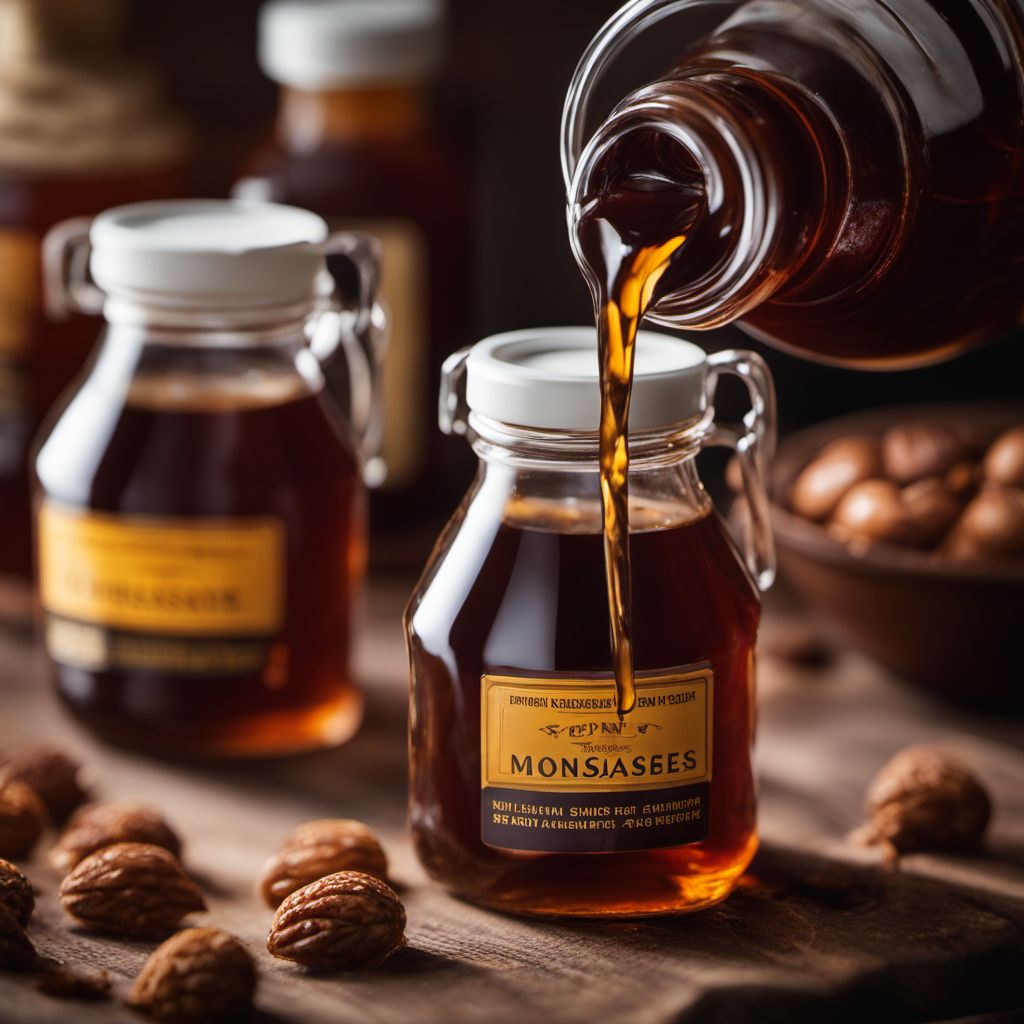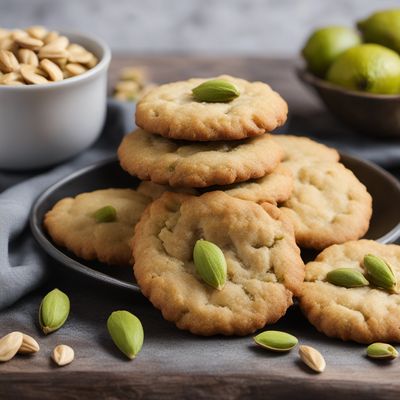
Ingredient
Syrups (molasses and other syrups)
Liquid Gold: Unveiling the Sweet World of Syrups
Syrups, including molasses and other varieties, are viscous liquids with a concentrated sweetness. Molasses, derived from sugar cane or sugar beets, boasts a dark, robust flavor with hints of caramel and toffee. Other syrups, such as maple syrup, honey, and agave nectar, offer distinct taste profiles ranging from earthy and floral to smooth and mellow. These syrups vary in color, viscosity, and texture, with molasses being thick and sticky, while maple syrup flows like a velvety stream. Their appearance ranges from deep amber to golden hues, adding visual appeal to any dish.
Origins and history
Molasses has a rich history dating back to ancient civilizations, where it was used as a sweetener and medicinal ingredient. It gained prominence during the colonial era, particularly in the Caribbean and American South, where it became a staple in traditional recipes like gingerbread and barbecue sauces. Other syrups, such as maple syrup, have deep roots in Native American culture and were later embraced by European settlers. Honey, another syrup, has been treasured since ancient times and holds cultural significance in various civilizations.
Nutritional information
Syrups are primarily composed of carbohydrates, providing a quick source of energy. While they contain varying amounts of vitamins and minerals, their nutritional value is relatively low compared to other food groups.
Allergens
Syrups, including molasses, maple syrup, and honey, may trigger allergic reactions in individuals with pollen allergies or sensitivities to specific floral sources.
How to select
When selecting syrups, look for high-quality options that are free from additives or artificial sweeteners. Opt for organic or pure syrups whenever possible, and check for a clear, consistent texture and a rich, enticing aroma.
Storage recommendations
Syrups should be stored in a cool, dark place to prevent crystallization and maintain their freshness. Ensure the containers are tightly sealed to prevent air exposure and moisture absorption.
How to produce
Amateur producers can create their own syrups by extracting sap from maple trees and boiling it down to concentrate the natural sugars. Molasses can be produced by extracting juice from sugar cane or sugar beets and undergoing a process of evaporation and crystallization.
Preparation tips
Syrups can be used as sweeteners in beverages, drizzled over pancakes or waffles, incorporated into marinades or glazes, or added to baked goods for a rich, moist texture. When using molasses, consider its strong flavor and adjust the quantity accordingly. To prevent sticking, lightly coat measuring utensils with oil before measuring sticky syrups like molasses.
Substitutions
Maple syrup can be substituted with honey or agave nectar, while molasses can be replaced with dark corn syrup or a combination of honey and brown sugar.
Culinary uses
Syrups are widely used in baking, as toppings for desserts, in marinades for meats, and as sweeteners in beverages. Molasses is a key ingredient in gingerbread, barbecue sauces, and baked beans, while maple syrup is beloved for its pairing with pancakes, waffles, and oatmeal.
Availability
Syrups, including molasses and maple syrup, are commonly available in North America, Europe, and other regions with a history of syrup production.



